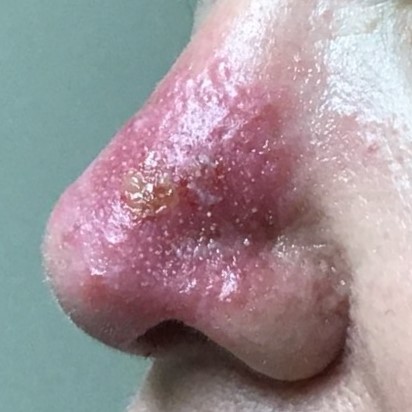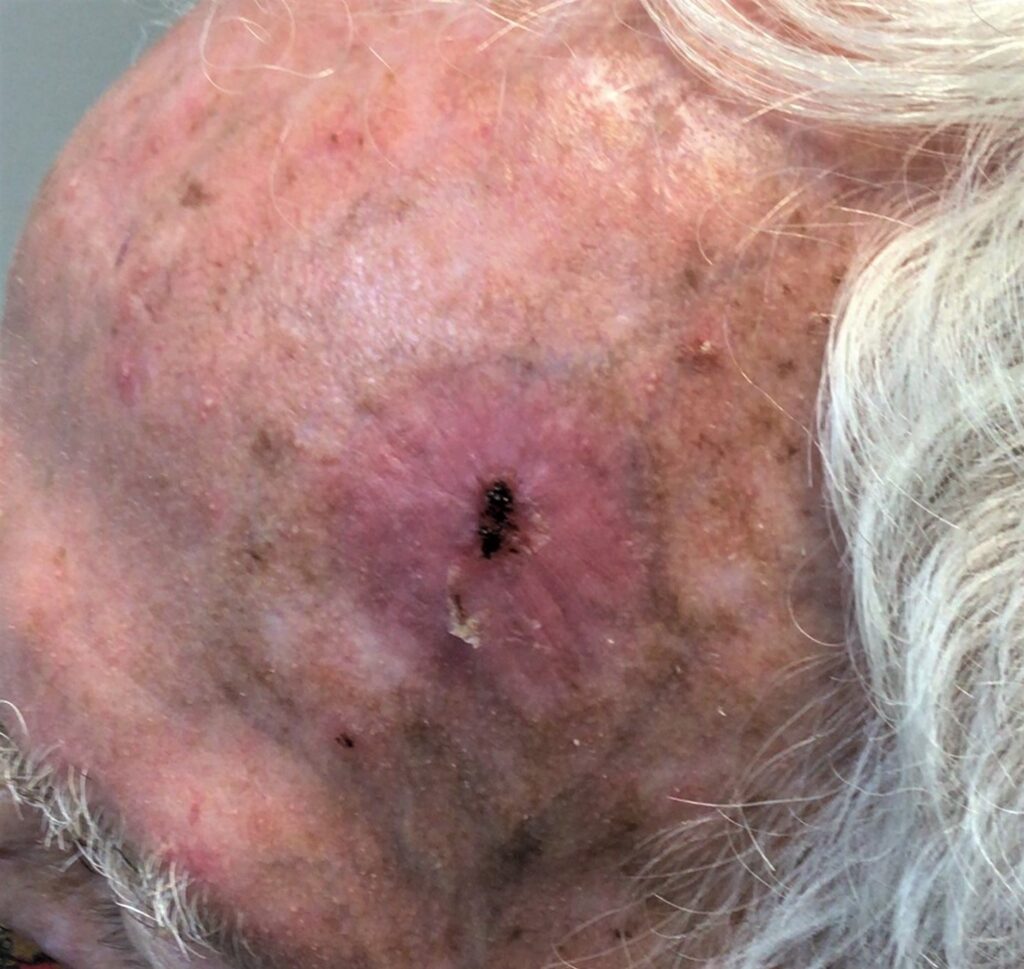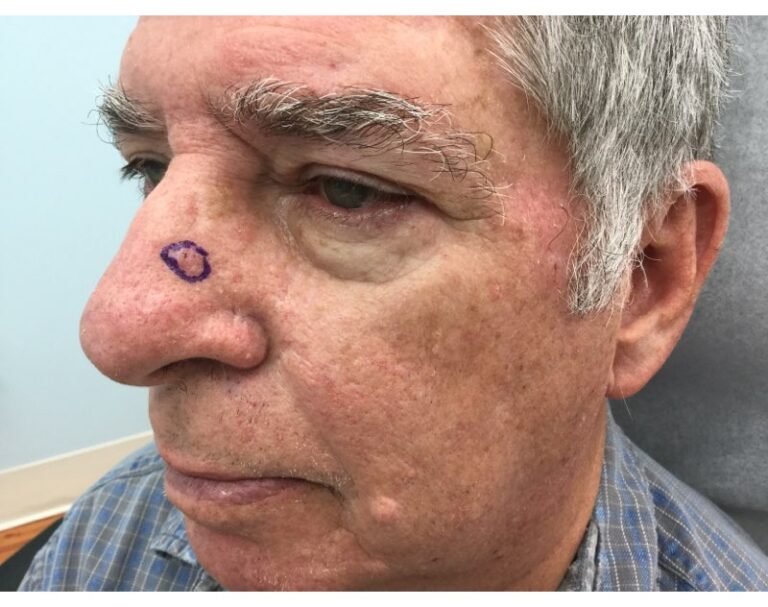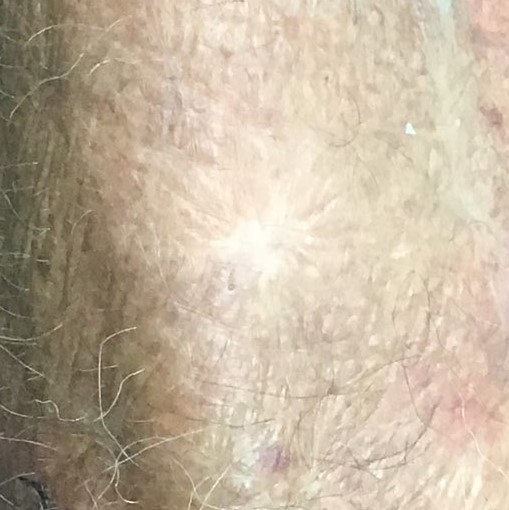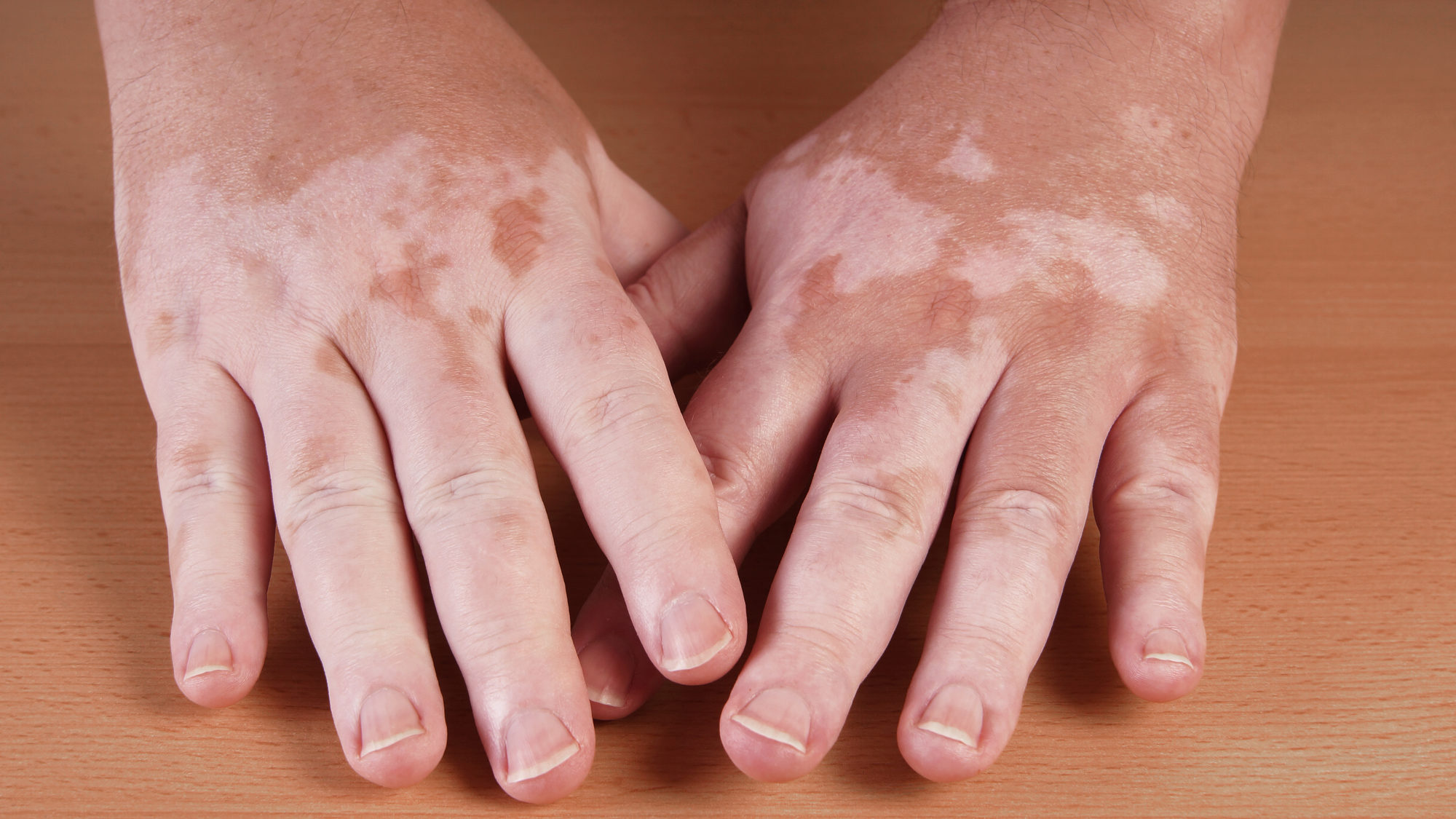
Vitiligo, a condition characterized by the death of melanin-producing skin cells and the loss of color in patches of skin, is certainly not a cause of cancer. But even if it isn’t a direct cause, can vitiligo lead to skin cancer? Despite the fact that the loss of melanin may make the affected areas of your skin more susceptible to sunburn, research suggests that vitiligo does not significantly increase one’s risk for developing cancer of the skin. Wear sunscreen, but don’t let yourself be overcome with worry.
FAQ: Is Vitiligo Linked to Skin Cancer?
Is vitiligo linked to cancer? A closer look at how the vitiligo works can help you understand why the diseases are actually unlikely to appear together:
- Given that a lack of skin pigment generally puts one at an increased risk of skin cancer, many—including some doctors—assume that a loss of pigment through vitiligo will put them at an increased risk of the disease. However, the available evidence does not support this assumption.
- Melanoma develops when the cells that produce pigment start to grow out of control. Vitiligo is a condition in which the immune system targets and destroys these cells, known as melanocytes.
- Research has recently shown that one of the genes that predicts a likelihood of vitiligo will actually provide some protection against melanoma.
- Severe sunburn can trigger vitiligo, and the same cause may trigger melanoma. However, the two diseases are entirely different.
With all this said, it’s important to note that patients with vitiligo should not ignore the risk of skin cancer entirely—especially because melanoma is not the only, or even the most common, type of skin cancer. Here’s what else you should know:
- Risks for all types of skin cancer, including basal cell skin cancer and squamous cell skin cancer, appear to be lower in patients with vitiligo. However, the reasons why common skin cancers would be less likely to be present in these cases are not so clear.
- “Less likely” does not mean impossible. It’s important to protect yourself from excessive sun exposure no matter what kinds of factors lower your risk.
A Note on Vitiligo Treatment: nbUVB (Narrow-band UVB) radiation therapy is currently the most effective treatment for vitiligo. Since long-term, cumulative exposure to ultraviolet light is linked to skin cancer—and UVB rays in particular are linked to common cancers like basal cell skin cancer and squamous cell skin cancer—many patients worry if the treatment will put them at an increased risk of the disease. Despite these links, Studies have shown that nbUVB radiation treatment for vitiligo does not increase the risk of skin cancer. Still, we recommend that patients avoid at-home radiation treatments and seek out the help of a trained professional.
Know the Signs: Vitiligo or Skin Cancer?
Are the changes to your skin due to vitiligo or skin cancer? It is unlikely for skin cancer to be misdiagnosed as vitiligo, or vice versa, but it is not completely unheard of. Areas of the skin with less pigmentation may present as vitiligo, but these small patches may turn out to be basal cell skin cancer or another form of common skin cancer. Vitiligo can also spread, and sometimes quickly, making it more difficult to determine when changes in your skin need closer inspection.
If you start to see odd coloration or other changes within your vitiligo patches, closer inspection is warranted. If you have questions about any changes to your skin, following up with a professional dermatologist is always a good idea.
Learn About Image-Guided Superficial Radiotherapy
Skin cancer shares one more attribute with vitiligo: here, radiation can be a cause as well as a potential treatment. If you receive a common skin cancer diagnosis, and would like to learn more about alternatives to surgery, then ask your doctor about Image-Guided Superficial Radiotherapy.


